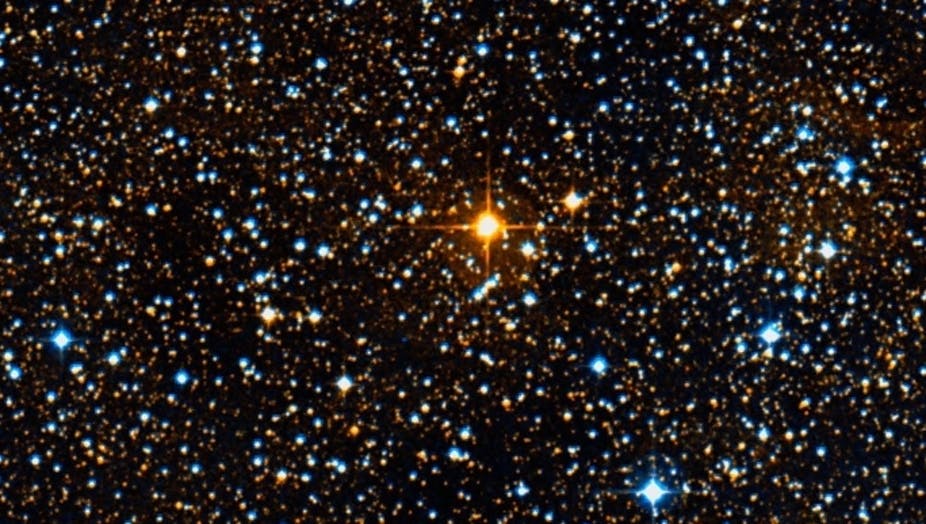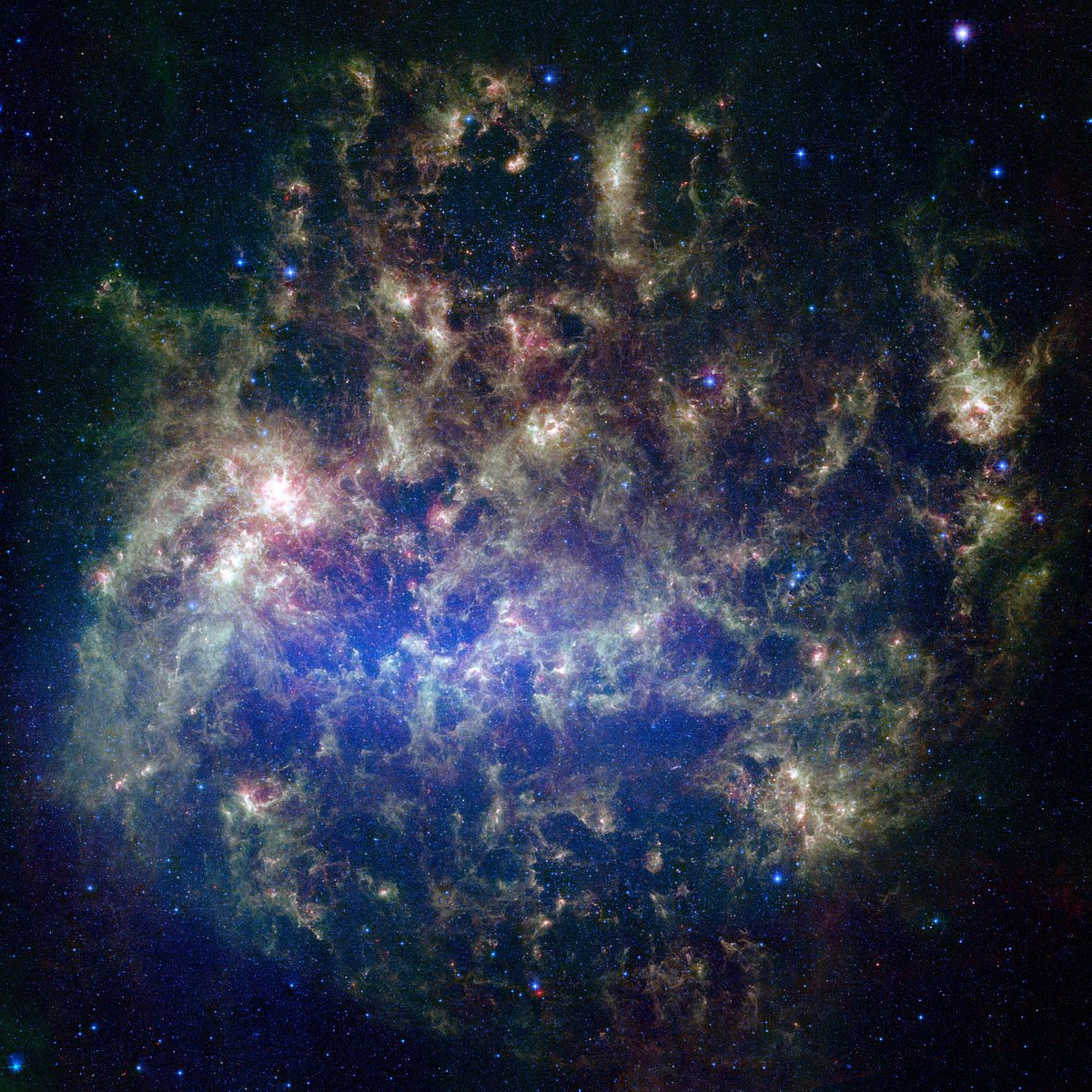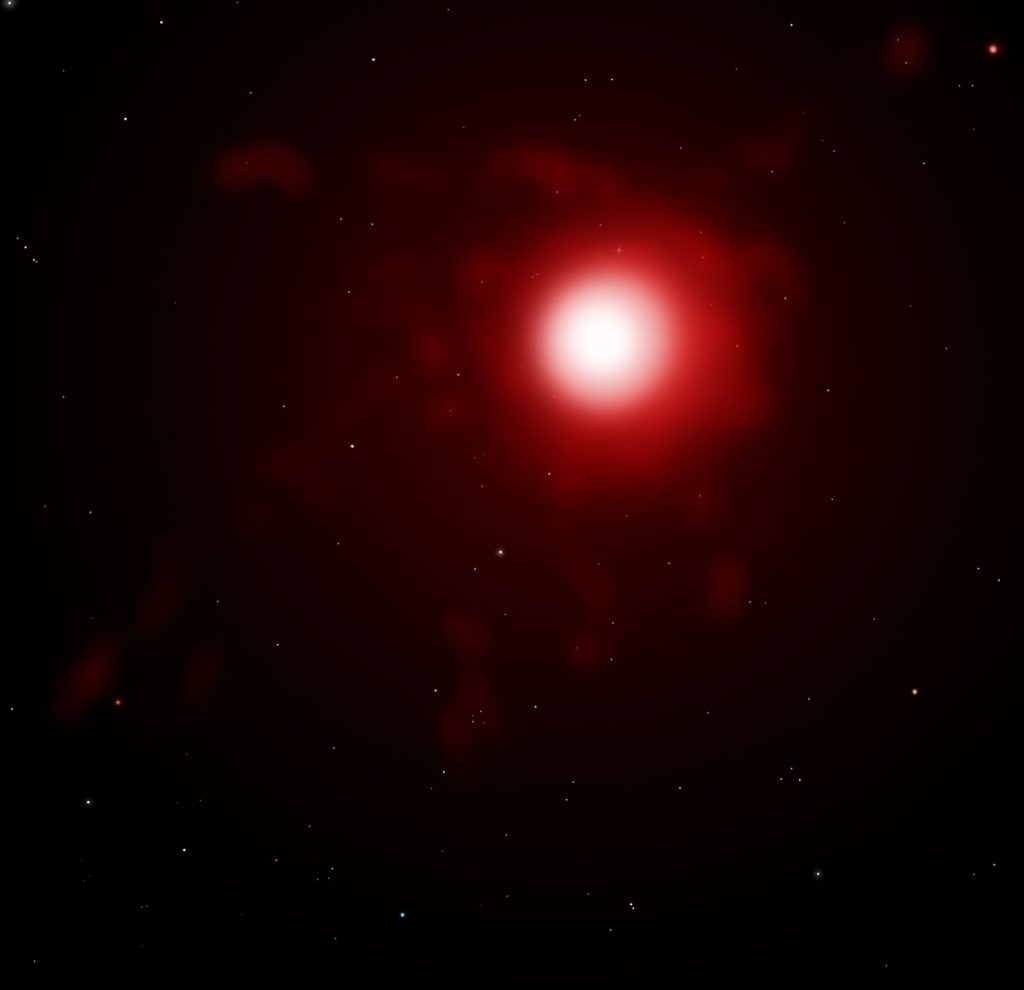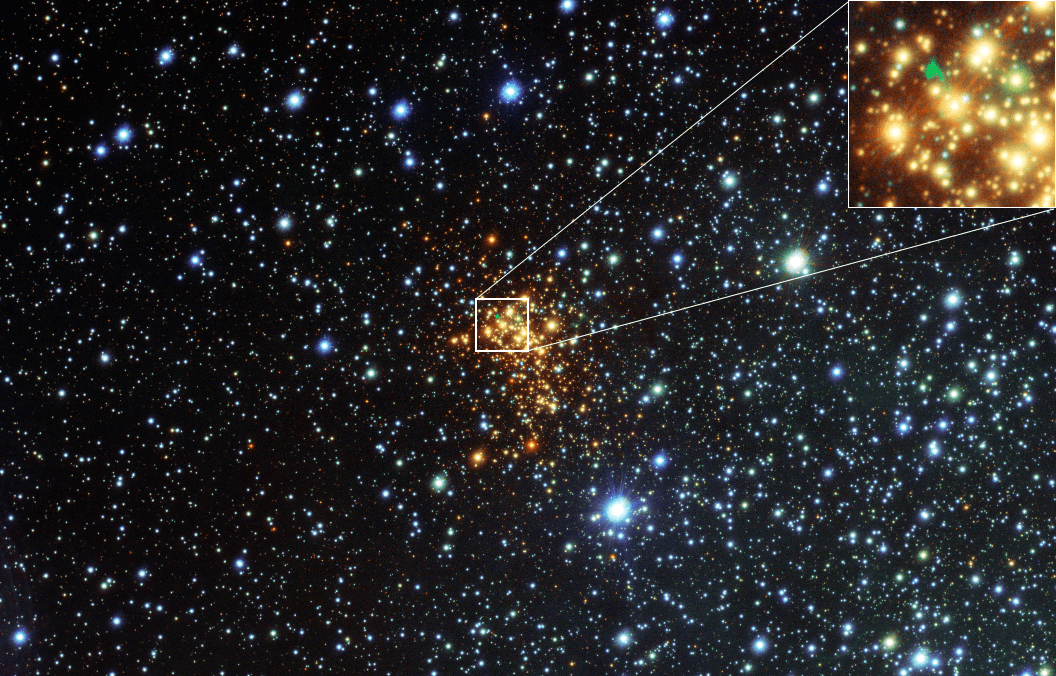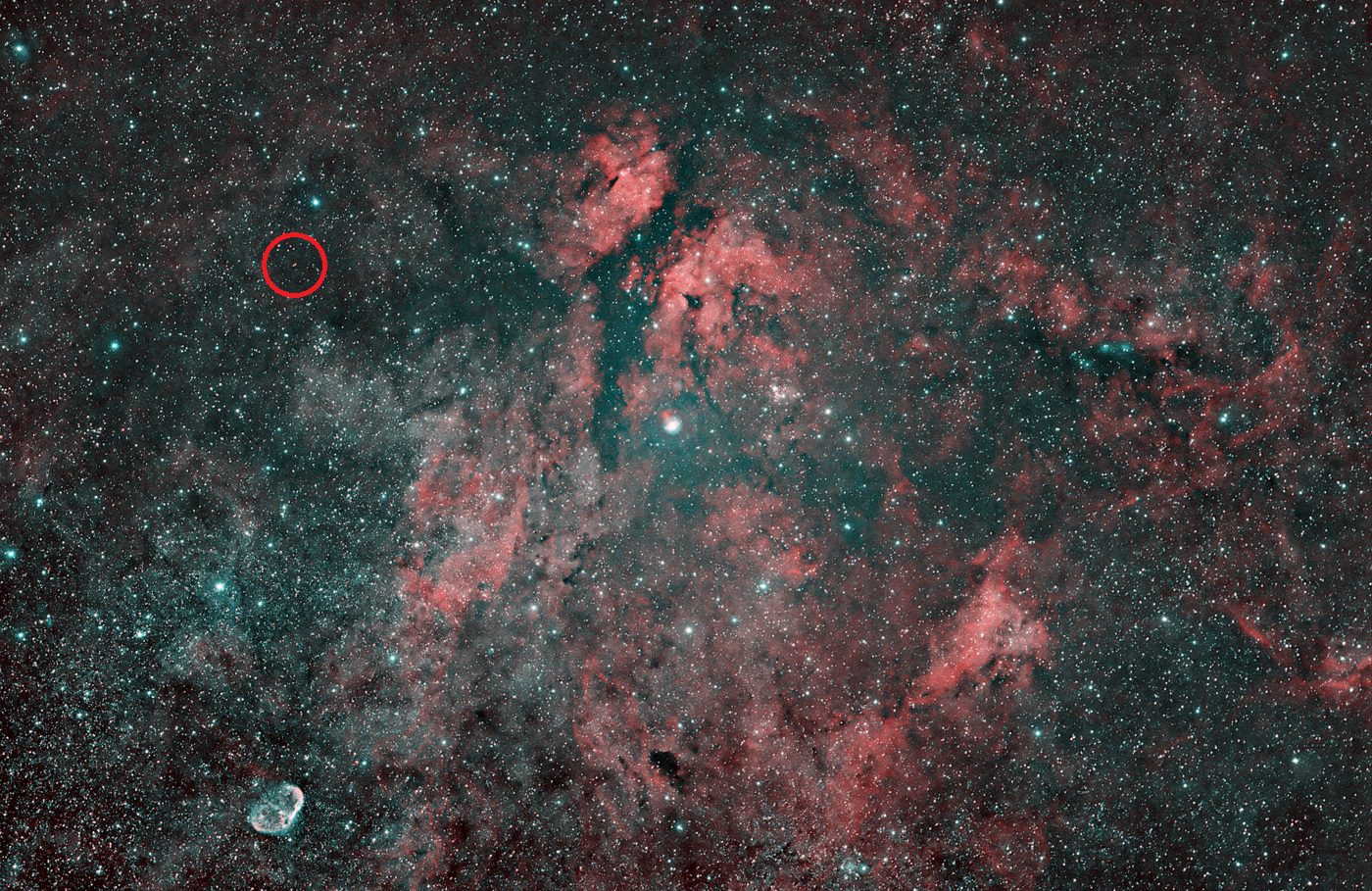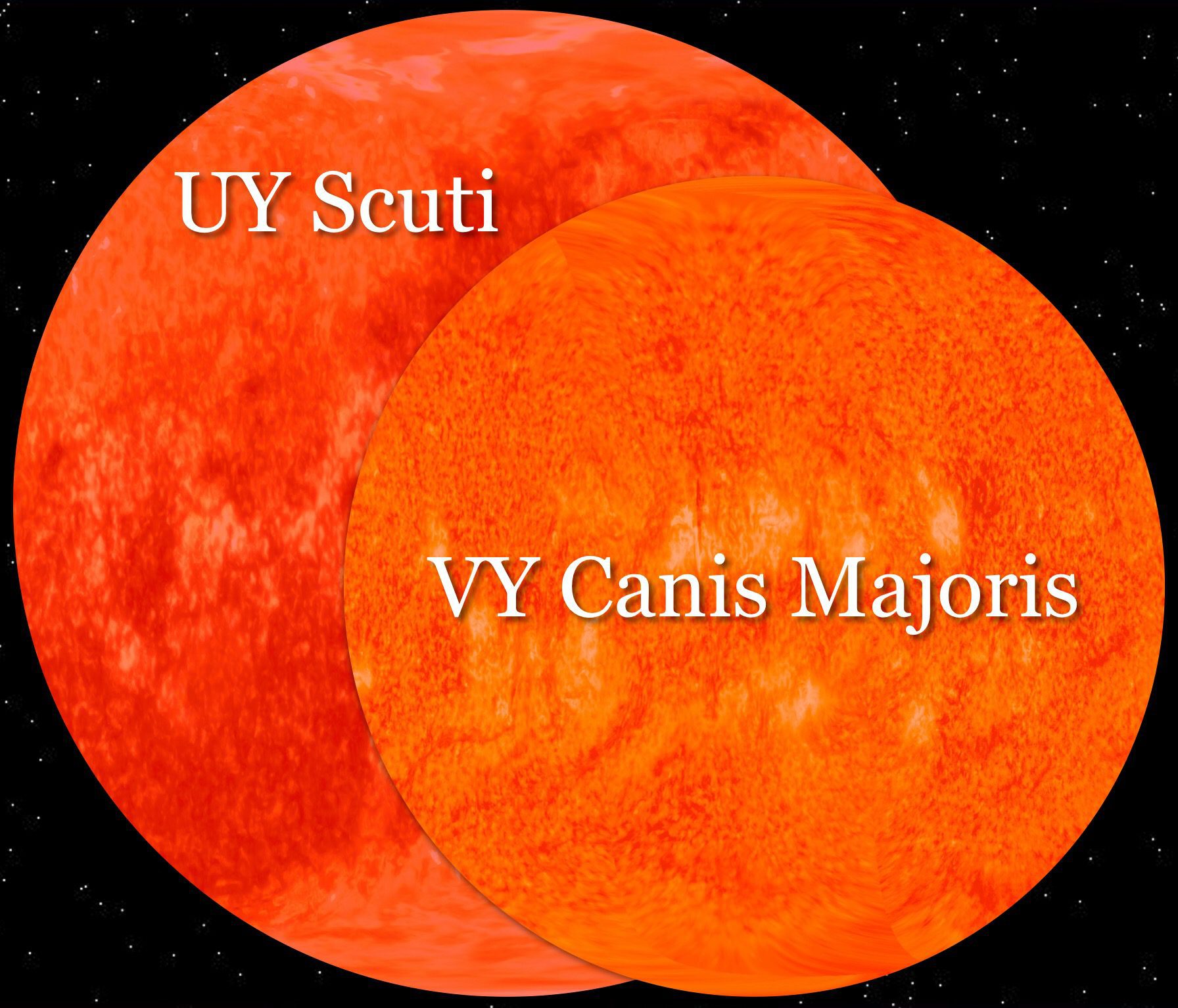Do you ever think about how big space is? And we don’t mean in a loose, floaty, “in all the wide universe” kind of way. We mean in an actual trying to wrap your head around the incomprehensible vastness of space and the universe around us kind of way.
Taking a look at some of the largest stars in the universe is a good lesson in how mind-numbingly gigantic our universe is. Read on to learn more about these stars and how they measure up to our own sun and our dear planet Earth.
How Big Is the Sun
Before we start getting into the size of the other stars in our universe, let’s take a look at our own personal star for some comparison. Sol, otherwise known as our sun, is the center of our solar system and makes all life on our planet possible. It’s also about average as far as star sizes go.
The sun is about 864,400 miles across or 1,391,000 kilometers. For comparison, that’s about 109 times the diameter of the Earth. If Earth was the size of the period at the end of this sentence, the sun would be about the size of a golf ball.
UY Scuti
UY Scuti is the largest known star in the universe, and it sits near the center of our Milky Way galaxy. It is a hypergiant star, a classification above both supergiant and plain old giant stars. UY Scuti has a diameter of roughly 14,700,000,000 miles.
UY Scuti is about 1,700 times bigger than the Sun. If it replaced the Sun in our solar system, not only would our Earth be consumed, the edges of the star would reach out past Jupiter. If you’d like to get a sense of how big that distance really is, we recommend checking out this site.
WOH G64
WOH G64 can give UY Scuti a run for its money since both stars vary in how bright they are. Nevertheless, this star is somewhere between 1,540 and 1,730 solar radii. Some estimates have even placed this star at north of 3,000 solar radii – that would be nearly 30 billion miles.
WOH G64 is a hypergiant like UY Scuti. Part of the reason it’s so hard to determine how big it is lies in the fact that the star is surrounded by a colossal dust cloud. We know the dust cloud is there because we can see the brightness of the star fluctuating behind it, but it makes it hard to get an accurate read on how big this stellar giant is.
RW Cephei
RW Cephei is an orange hypergiant star that hangs out in the constellation Cephus. Like the other two stars on this list, it is a variable star, so it can be hard to get a read on how big it is. But most averages place the star at about 1,535 solar radii.
Let’s try to put this in perspective again because our brains just aren’t used to dealing with such enormous sizes. Remember our golf ball-sized sun and our period-sized Earth earlier? Well if that sun were the size of a period, RW Cephei would be the size of a large beach ball, give or take.
Westerlund-126
Westerlund-126 doesn’t change its brightness like the other stars on this list, but it is still difficult to get an accurate measurement of its size. Astronomers believe it may sit somewhere between 1,530 solar radii and 2,550 solar radii. And while this star doesn’t change its brightness, it does change its temperature a bit.
Let’s say that 2,550 solar radii is the correct measurement of Westerlund-126. If it took the sun’s place in the solar system, it would consume everything in our solar system all the way out to Saturn. Why show your love for someone with a half-carat diamond when you could be naming a star after them that takes up most of our solar system?
KY Cygni
KY Cygni takes things down in a few senses; for one, it’s a red star, which is a little cooler than the yellow and orange stars we’ve seen in the rest of this list. It’s also a supergiant, which is a step down from the hypergiants we’ve been dealing with. But don’t be fooled – KY Cygni still outstrips our sun by a considerable amount.
According to estimates, KY Cygni is somewhere between 1,420 and 2,850 solar radii. Most astronomers think the lower estimate is more accurate based on some other stars in the same survey. You can check out KY Cygni for yourself in the constellation Cygnus.
VY Canis Majoris
VY Canis Majoris has experienced a downgrade that has bumped it down on this list. In previous years, astronomers thought VY Canis Majoris was between 1,800 and 2,200 solar radii. But some additional studies proved that there’s no way the star could be that big and follow the current stellar evolutionary theory.
These days, VY Canis Majoris is just another gigantic star in the sky, having lost its crown as the biggest star in town. Modern estimates put it at between 1,300 and 1,540 solar radii. But remember, that still means if our sun were the size of the period at the end of this sentence, VY Canis Majoris would be the size of a large beach ball.
Learn More About the Largest Stars in the Universe
The universe is utterly, incomprehensibly huge, far past our human capacity to imagine it. Our sun could swallow our Earth a million times over, and some of the largest stars in the universe could swallow our suns a million times again. Many of these stars would consume most of our solar system, but from our perspective thousands and millions of light-years away, they’re just another twinkling sparkle in the night sky.
If you’d like to read more mind-blowing articles like this one, check out the rest of our site. We have content on everything from art and wisdom to psychedelics and plants. Check out our articles about the universe and revel in how absolutely minuscule you are in the grand scheme of the universe.

